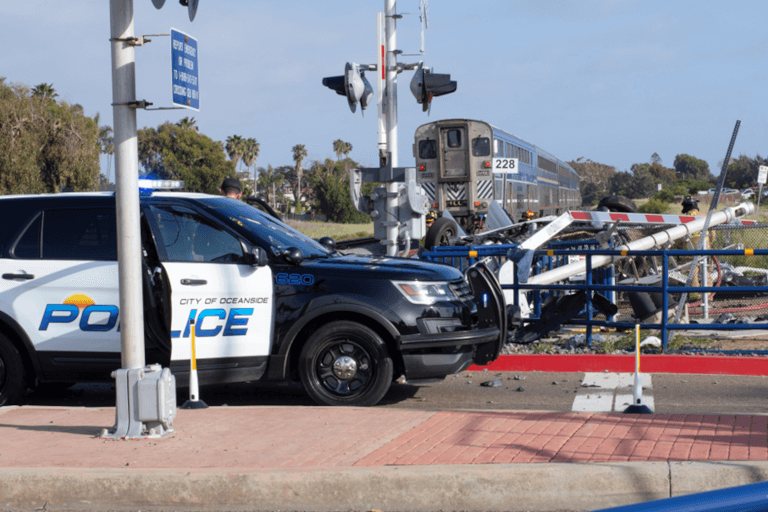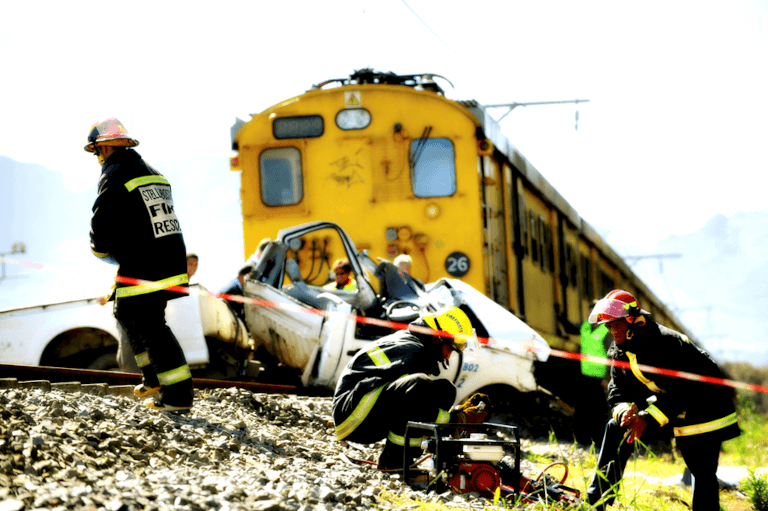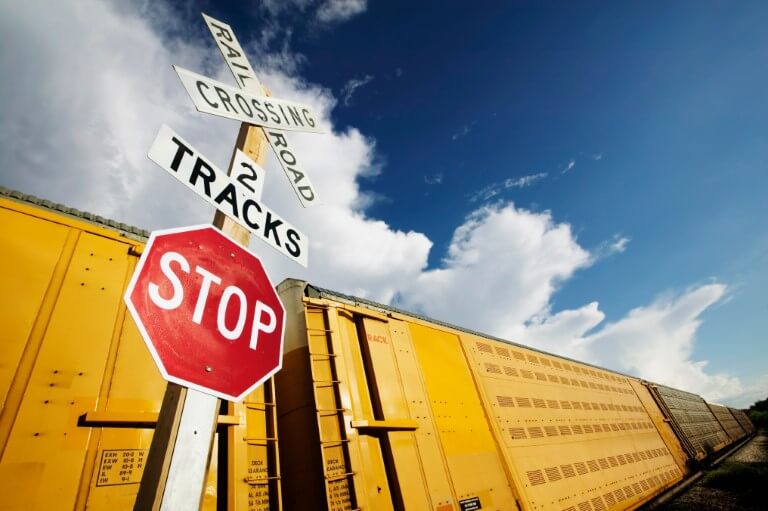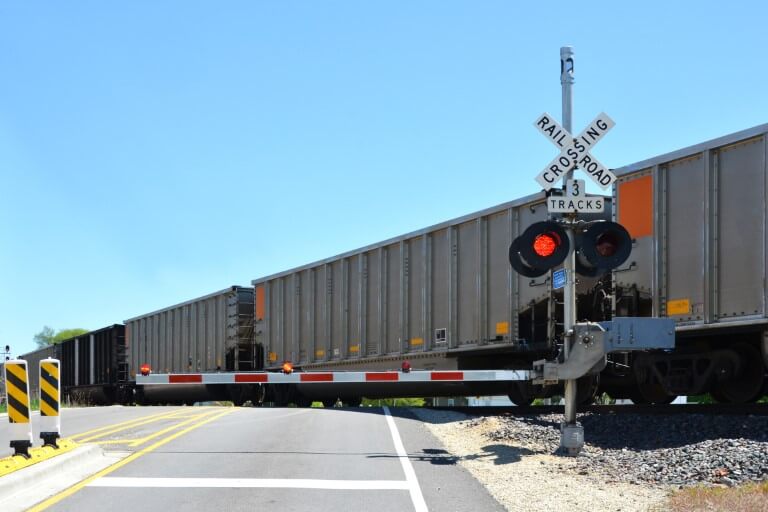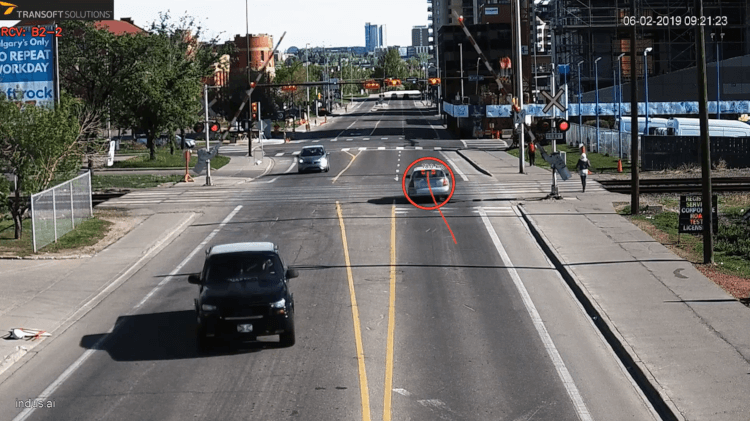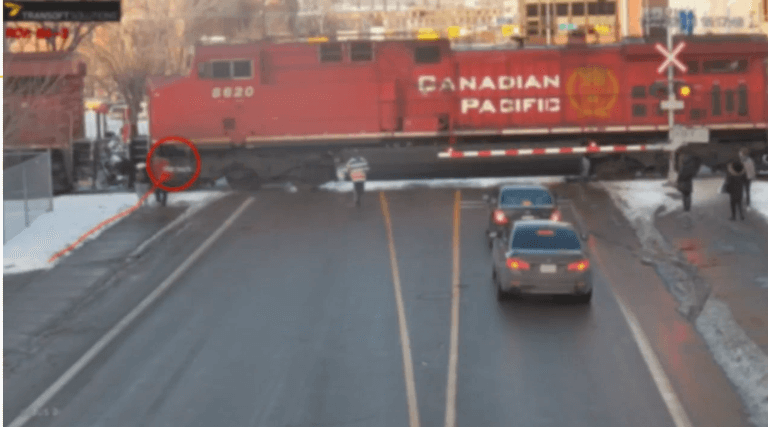2023 has been a disastrous year for railroads around the world. The January derailment of 38 cars carrying hazardous chemicals in Ohio caused considerable environmental damage and potential long-term health impacts for nearby residents. In the February collision in Tempi, Greece, two trains crashed head-on, resulting in 57 deaths and 85 injuries. Then in June, a three-train collision in Odisha, India killed 294 and injured 1,175 more.
Tragic and horrifying incidents like these make international headlines—and rightly so. Yet, they are, in general, anomalies. While derailments are common in the US (more than 1,000 occurred in 2022), they rarely result in fatalities or major damage. According to the US Department of Transportation, annual fatalities from derailments in the US have been in the single digits since the early 1990s. A 2021 report by the Eno Center for Transportation notes that less than 1 percent of railroad incidents involving fatalities are the result of a derailment.
Rarely noted in the news, however, are the main causes of railway-related death and injury: trespassing in restricted areas, and collisions between trains and vehicles or other road users at railway crossings. A person or vehicle is hit by a train in the US every three hours, according to Operation Lifesaver, a non-profit organization focused on rail safety. Data from the US Federal Railroad Administration reveals that during the period 2016-21, there were 2,550 trespasser fatalities, and 10,525 railroad crossing incidents resulting in 1,279 deaths. In the European Union, 59 percent of rail accident fatalities involve unauthorized persons on the tracks, and a further 34 percent occur at railway crossings.
Increased education and awareness campaigns, combined with various rail safety measures implemented by government agencies and railroads, have contributed to significant declines in such incidents. For example, when Operation Lifesaver was formed in 1972, rail crossing collisions were topping 12,000 a year in the US; now they’re around 2,000. However, the numbers have plateaued over the last decade. Clearly, new approaches are needed.
Bridging the intersection of two modes of transportation
Since the first train journey was made in Wales in 1804, the world’s railway network has steadily expanded, now reaching over 1.3 million route-kilometers (807,782 miles). The United States operates the longest network: the freight rail network alone is about 225,000 km (140,000 miles), according to the American Association of Railroads. Canada ranks third, with nearly 42,000 km (26,000 miles) of track. Russia, China, India, Germany, and France are among the top rail network countries.
While the rail network is dwarfed by the world’s road network (which comes in at more than 60 million km/40 million miles), a train beats an automobile hands-down in a contest of size and weight. An individual rail car weighs about 30 tons empty, and it can carry another 100 tons of load. Join 100 or so rail cars together to create the average train, and the sheer weight, size and momentum of that train will obliterate most obstacles. Those same forces translate into long braking times—a train can require up to a mile to come to a stop on its own. Confined to the tracks, it also cannot deviate from its course. It is for these reasons that where rail meets road, the burden of responsibility to stop falls squarely on vehicles and other road users.
Grade crossings, as they are called, are the interface between these two major modes of ground transportation. In the US, there are more than 200,000 of them. In Canada, there are approximately 23,000.
There are two types of grade crossing: passive and active. Passive crossings feature passive warning signs such as crossbucks, stop signs, and yield signs, while active crossings are those with train-activated devices such as barrier gates, bells, and flashing lights.
Grade crossings are complex because they are multi-jurisdictional in nature. In the US, for example, it is state highway authorities, not railroads, that are responsible for evaluating grade crossing risks and deciding what type of warning devices are to be installed. Each specific decision is then approved by the Federal Highway Administration. However, once installed, the responsibility of maintaining grade crossings and warning devices becomes the railroads’ responsibility.
Railway crossings also frequently occur in or near towns or cities. In the case of passenger or commuter trains, there will be crossings along with the disembarking of passengers. This means that other jurisdictions such as municipal governments and public transit authorities are necessarily involved.
And as Karen Giese, P.E., Transoft Solution’s VP of US Business Development and Head of the Traffic Safety Business Unit, notes, transportation engineers who are responsible for designing crossings, or the roadways and intersections near crossings, must also clearly understand the variables at play. Grade crossings also impact traffic flows, so they fall under the scope of traffic engineers responsible for managing traffic operations and safety.
Understanding behaviours necessary to finding solutions
Because the stakes are so high when it comes to rail incidents, safety is a top priority for the industry. Nowadays, most grade crossings have some degree of active protection, and the implementation of active warning devices has contributed to a decrease in crossing collisions.
Surprisingly, though, active warning devices have not eliminated collisions. In fact, in the US, one-half of all collisions are at grade crossings where active warning devices are present. In Canada, two-thirds occur at active crossings.
The US Federal Railroad Administration estimates that 94 percent of collisions and 87 percent of fatalities result from risky behaviours or poor judgement of road users. Such behaviours can include road users rushing to cross tracks before barriers descend or trying to navigate around already descended barriers. Sometimes, impatient pedestrians or drivers will attempt to cross immediately after a visible train has passed, without seeing that another train may be on an adjacent set of tracks.
In particularly tragic cases, vehicles become ‘stuck’ on the tracks, perhaps blocked by a slow-moving line of cars ahead of them. In others, the lead vehicle that is slowing down or stopping at a crossing is rear-ended, and consequently pushed onto the tracks, by vehicles behind. A shocking 25 percent of all crossing collisions involve a motor vehicle striking the side of a train that is already occupying a crossing.
While various individual jurisdictions have conducted studies on grade-crossing collisions, understanding the factors that contribute to these collisions can be complicated. As Paul St-Aubin, P.Eng., Ph.D., Sr. Product Manager at Transoft, notes, while rail safety scrutiny is high and safety inspections are frequent, the sheer number of rail crossings coupled with a lack of manpower makes studying all rail crossings challenging. This is one of the reasons Transoft Solutions has developed TrafxSAFE Rail, a video-based software that uses AI to detect, track, and classify movement around active grade crossings. It is the only video-based safety analytics product in the world specific to rail crossings.
“There is an increased use of cameras on roads, and at railway crossings, so that recordings can be examined in the case of an event,” says Paul. “Using TrafxSAFE Rail, those same cameras can be deployed to proactively understand dangerous situations involving risky behaviour that may not have resulted in catastrophe, but could help predict future, potentially fatal, incidents.”
TrafxSAFE Rail can be used continuously and in real-time for ongoing evaluation of a rail network. It operates independently of crossing devices (meaning it will work even if crossing equipment fails), day and night, and in inclement weather. It can even notify a rail operator when a crossing device has failed.
Paul notes that cameras can also be deployed temporarily at a crossing; the resulting video can then be analysed using TrafxSAFE Rail, which will automatically identify, highlight, and grade any risky behaviours within restricted or danger zones. The software tracks all movement, detecting and classifying all road users and behaviors, including positions and speeds in restricted areas, along with the stages of crossing activation.
“We’ve found that 60 to 100 hours of video footage is often sufficient to identify many problem areas and the types of risky behaviours,” says Paul. “TrafxSAFE Rail quickly analyses the footage, saving traffic or railroad personnel countless hours of reviewing recordings or standing on site to observe incidents. At the same time, this method can reduce certain biases stemming from manual observation and judging danger and allows for independent monitoring. Once the factors and behaviours are identified, more-informed decisions can be made as to how to improve safety at a crossing.”
Transoft created TrafxSAFE Rail after Transport Canada put out a call for technology development to improve safety at rail crossings. The product was initially beta tested with rail operators in Canada, before being launched in Canada and the US in May 2023. Transoft expects to release the software in other markets, including Europe and Asia-Pacific, in September.
TrafxSAFE Rail builds on the technology Transoft had already developed for TrafxSAFE, a video analytics product for proactive road safety management. While TrafxSAFE Rail is meant to work specifically at active grade crossings (as it detects and identifies active warning devices), Paul recommends that TrafxSAFE alone can be used to monitor passive crossings.
Collaborative effort key to eliminating collisions
Many agencies play a role in ensuring rail safety and helping to reduce rail crossing collisions – addressing the rail operations and the surrounding traffic conditions. In Europe, for example, The European Union Agency for Railways sets mandatory requirements for European railways and manufacturers. In the US, organizations like the Federal Railroad Administration’s Railroad Crossing Safety and Trespasser Prevention Division and the American Association of Railroads provide various resources. In Canada, there’s Transport Canada and the Railway Association of Canada. In addition, local roadway authorities are responsible for ensuring the safety of all near the crossing. Joint efforts
In the US and Canada, there is also Operation Lifesaver, which work with various partners to provide education on rail safety to prevent rail crossing and trespassing incidents. This September 18-24 marks the 20th anniversary of their annual Rail Safety Week campaign, which focuses on raising public awareness about rail safety. But both organizations note that education is only one component of reducing collisions—enforcement (e.g., the laws that govern responsibilities at rail crossings) and engineering (e.g., the physical and operational improvements at crossings and on railway property) are also crucial.
“Improving rail safety requires collaboration on many levels,” says Karen. “We all are working to reduce injuries and fatalities, but the ultimate goal is to eliminate them entirely. It’s vital that we leverage all the tools available to help us achieve that goal.”
